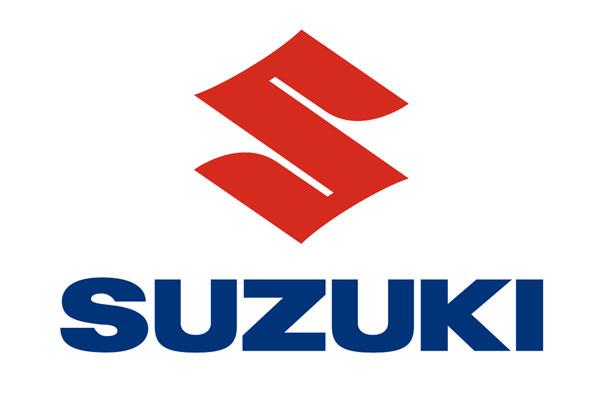Two weeks after it first reported to Japan’s Ministry of Land, Infrastructure, Transport and Tourism (MLIT) that it had found “some discrepancies” in the automobile emission and fuel efficiency testing process between the regulation by MLIT and the actual method carried out by Suzuki, Suzuki Motor Corporation has issued a new report to MLIT.
The company had affirmed on May 18 that the issue did not apply to its products sold outside Japan and that 16 cars in the home market were affected by the investigation. This includes the Alto, Alto Lapin, WagonR, Hustler, Spacia, Every, Carry, Jimny, Solio Ignis, Baleno, SX4 S-cross, Swift, Escudo 2.4, Escudo and Jimny Sierra.
A press release issued by the company stated, “Among the 16 models in the current line-up, Jimny, Jimny Sierra and Escudo 2.4 were not concerned. In addition to the remaining 13 models, Alto Eco (Start of Sales: December 2011, End of Production: November 2014) out of discontinued models, together with 12 models supplied to other manufacturers as OEM totalling to 26 models were discovered using driving resistance data measured by individual components and resistance factors.”
Degree of accuracy
As regards the causes for using the measurement process different from the method regulated, SMC said, “In order to correspond to fuel efficiency regulations strengthening worldwide, Suzuki had been developing a method to measure the resistance of each component and resistance factors. By 2010, Suzuki was able to predict driving resistance data of the coasting test to a certain degree of accuracy through accumulating the measurement of individual components and resistance factors.
"Meanwhile, after the global financial crisis of 2008 caused by the bankruptcy of the Lehman Brothers, the increased workload of developing new models and engines led Suzuki to be unable to allocate sufficient manpower for the coasting test, and in addition, failed to invest in necessary infrastructure for the coasting test as well as to make efforts to improve testing technology."
The press release further explained, "Due to the above circumstances, Suzuki failed to measure driving resistance through the coasting test with the type approval vehicle as was regulated by the MLIT, and was using driving resistance data accumulated from actual measurement of individual components and resistance factors at the time of type approval application.”
SMC went on to add that it carried out its “own fuel consumption tests on the most fuel efficient grade of each of the 14 models (26 models including OEM vehicles), using driving resistance data measured through the coasting test. The test confirmed that all models exceeded the fuel consumption data mentioned in the catalogue.”


